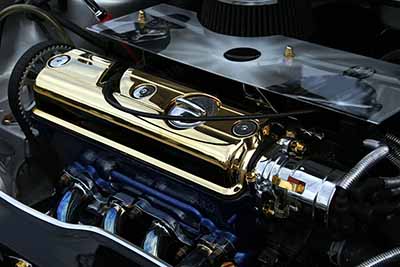When designing a new vehicle, there are many things to consider. With fossil fuel prices at its peak, fuel economy has become the number one focus in the automotive industry.
There are two main factors that could reduce fuel consumption which is weight and energy loss. In other words the lighter the vehicle the less fuel it uses. PVD allows manufacturers to use lighter alloy materials such as aluminium, titanium and magnesium.
The problem with these alloys is their tribological performance. A solution is to coat these light alloy materials with a low friction coating that has a higher surface hardness for better wear resistance.
Not only does this benefit the functional performance of the vehicle but you can also use this application to enhance the aesthetic appeals. Whether its interior or exterior, PVD can add value to the vehicle.
Eco-friendly Process
PVD is the most environmentally friendly alternative compared to out dated metalization techniques.No heavy metals or any harmful agents are used. No toxic residues and polluting substances are produced from any stages of the process. PVD is safe, clean and harmless.
Benefits of PVD coating in the automotive industry:
• Aesthetics appearance
• Corrosion resistant
• Heat and wear resistant
• Scratch resistant
• Chemical resistant
• Tarnish resistant
• Low friction
• High surface hardness
• Durable

